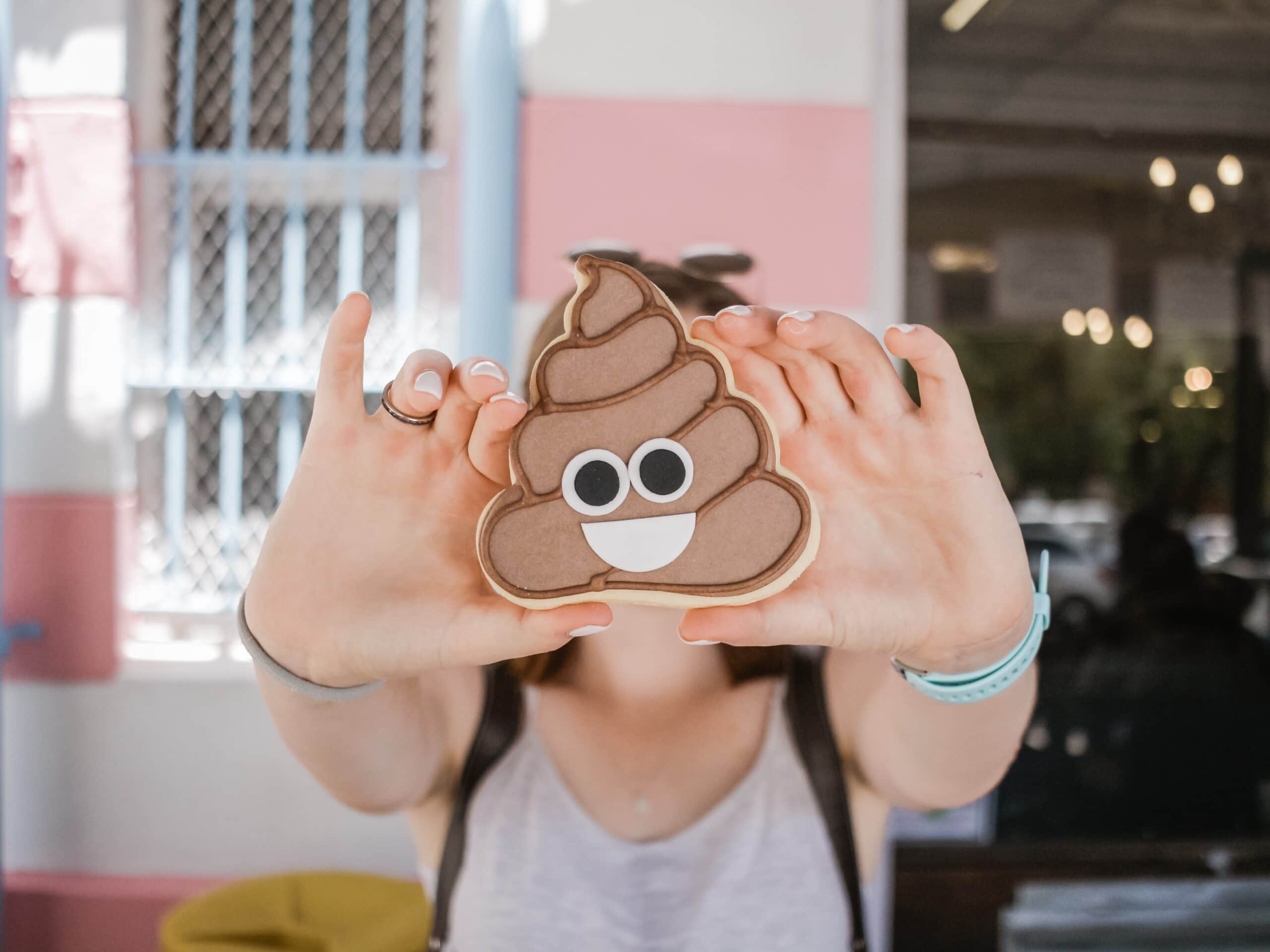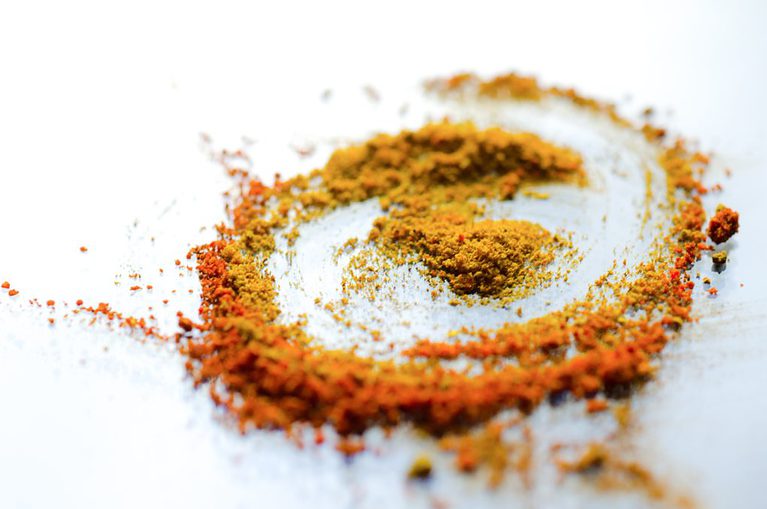I have had a lot of ladies asking me about quick and easy tips to help them with their hormone issues. So, I’m here to save the day!
Many women struggle with high oestrogen levels, and may not even know it. This can throw out their oestrogen and progesterone ratio meaning their period is delayed or they struggle to support early pregnancy.
Did you know that certain foods can help control hormone levels in your body, in particular, oestrogen levels? Well, they can, so keep reading to find out what you can do and why (hint, it involves kale!).
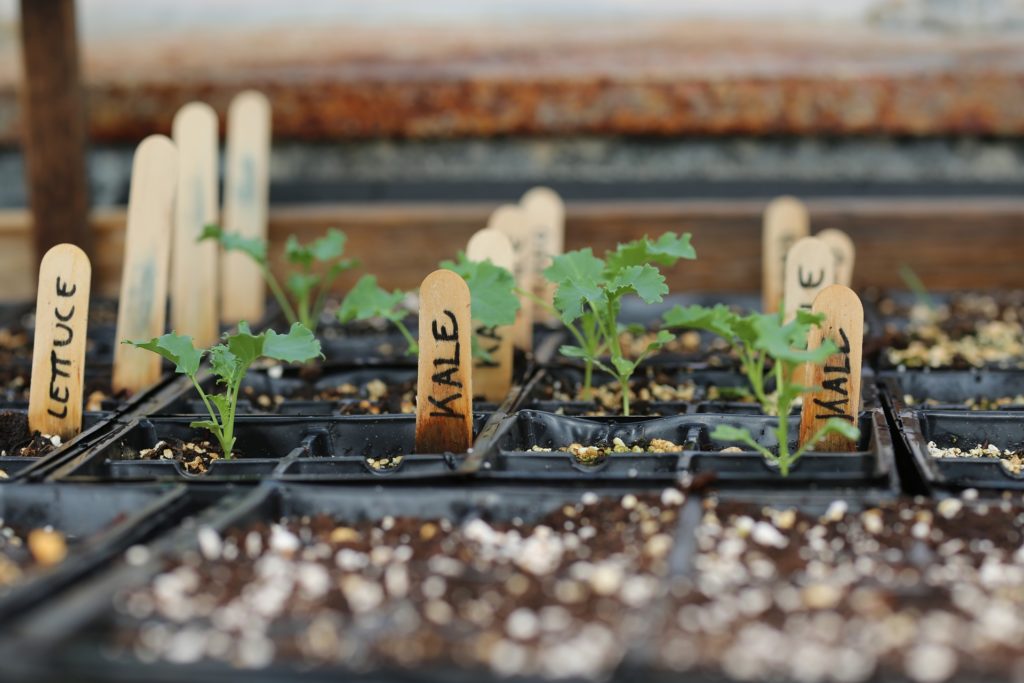
What is Oestrogen?
Oestrogen is the main female sex hormone that is responsible for controlling the menstrual cycle, reproductive system and sexual development in young women.
The main roles of oestrogen include:
- Helping your ovarian follicles to grow and develop
- Causes contractions of the fallopian tube so the egg can move to the sperm and contraction of the uterus (ouch!) during your menstrual cycle and childbirth
- Regulates the mucus secretions in the cervix to help the sperm move more efficiently to the egg during intercourse – hello, fertilisation!
- Preserves bone health as women age
- And many more…
However, even though oestrogen is a very important hormone there are problems if we have too much running around the body!
What does high oestrogen mean for me?
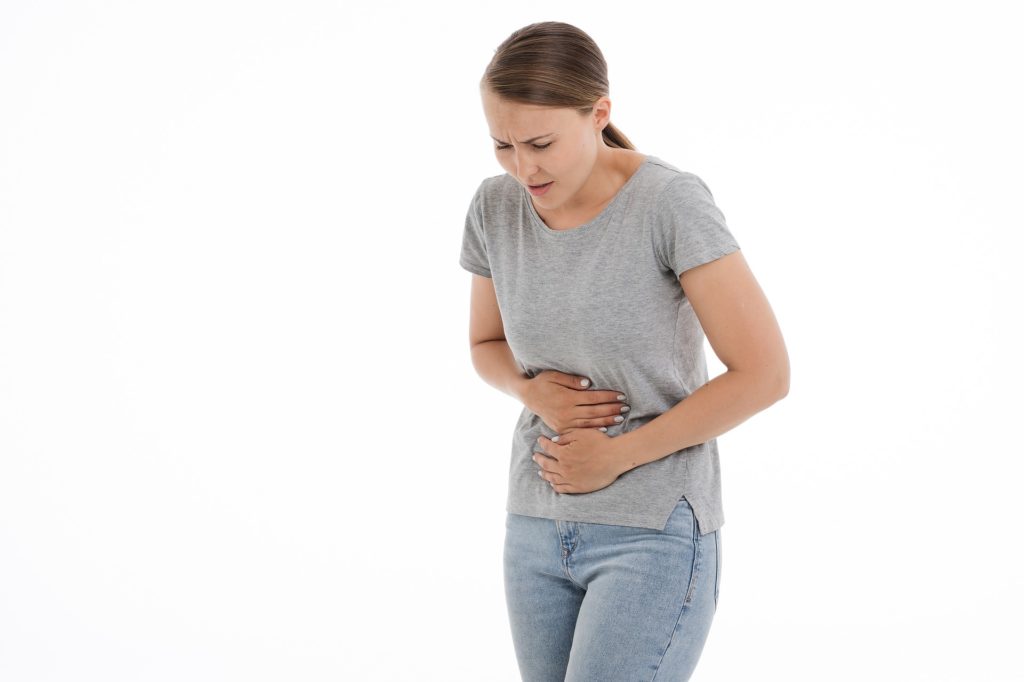
Symptoms of high oestrogen include:
- Irregular periods – super annoying when you’re trying to conceive!
- Heavy bleeding during your cycle
- Low sex drive
- Mood swings
- Severe PMS symptoms including bloating and migraines
- Weight gain around the hips and the waist
- Tender breasts
High oestrogen can even cause benign (non-cancerous) breast lumps and uterine fibroids (non-cancerous growths in the uterus than can be very painful).
Unfortunately, long term elevated oestrogen levels can increase disease risk, including obesity and cardiovascular disease, both in women (and men) (Cleary & Grossman, 2009; Giordano, 2016). High oestrogen levels can also increase breast & ovarian cancer risk (Key et al., 2013).
Here a few ways you can alter your diet to help lower your oestrogen levels and help to lower them naturally. So, here are 5 foods you can eat to lower your oestrogen levels:
Have PCOS and want to work on your nutrition? We’ve got you!
Learn key dietary and lifestyle strategies to tackle PCOS
Mangange insulin resistance, reduce pesky acne and chin hairs, and regulate your period!
100% Online Course designed by an expert PCOS dietitian and nutritionist
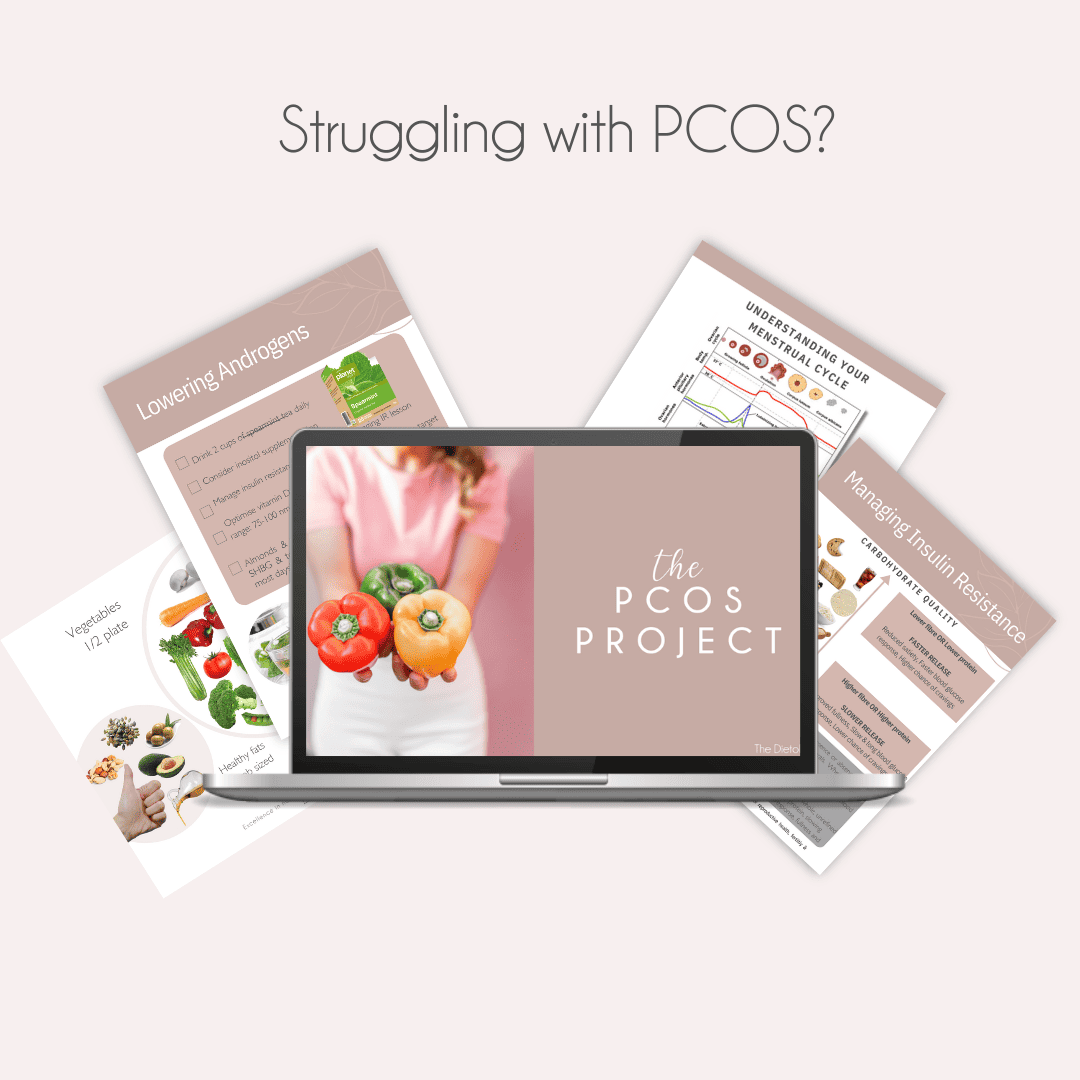
(1) Cruciferous or Brassica Vegetables
Crucifer-what? Cruciferous or brassica vegetables include broccoli, cauliflower, cabbage, brussel sprouts, kale and bok choy.
These vegetables contain high levels of phytochemicals, known as indoles, can help support the body’s ability to convert oestrogen into waste products in the liver. Studies have shown that cruciferous vegetables are an effective way to reduce circulating oestrogen levels (Fowke et al., 2000).
Looking for an inventive way to use these cruciferous veggies? Why not give my Kentucky Fried Cauliflower a try!
(2) Mushrooms
Mushrooms have been found to stop the production of aromatase (Grube et al., 2001). Aromatase is responsible for converting oestrogen into its active form. So mushrooms help to prevent oestrogen production just like cruciferous vegetables do.
I love mushrooms in all forms, but I know that they aren’t always everyone’s cup of tea. Try incorporating mushrooms into your favourite dish, like spaghetti bolognese or beef stroganoff that way you can’t really taste them! Try adding chopped mushrooms to my lentil ricotta lasagne.
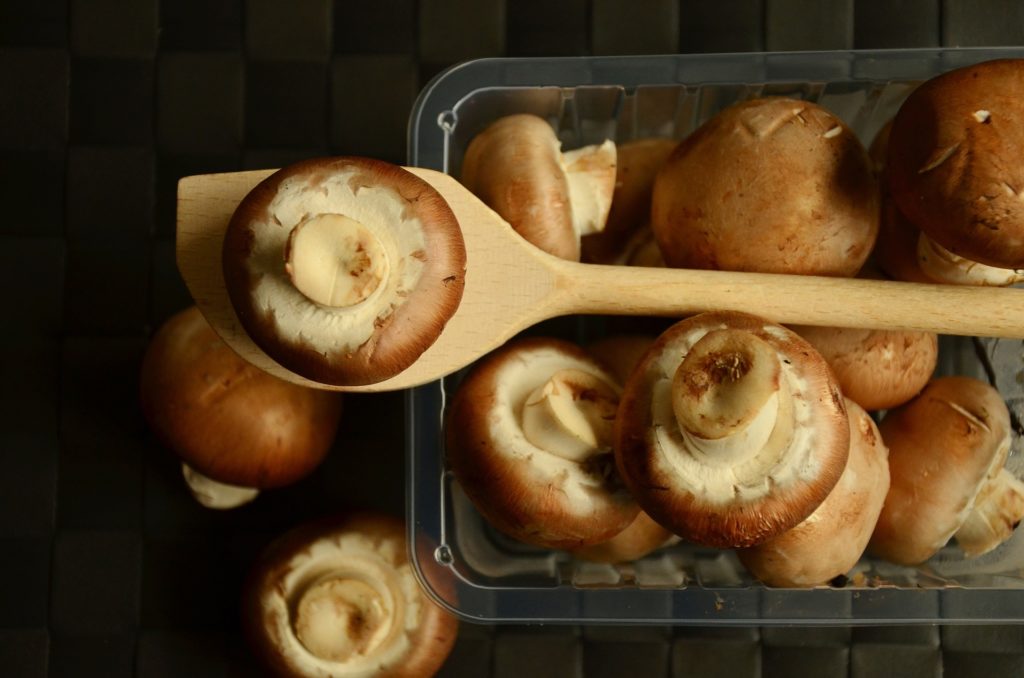
(3) Flaxseeds
Flaxseeds are a rich source of lignans, a phytoestrogen, which are substances found in food that could possibly decrease the levels of oestrogen running around your blood (Jungestrom et al., 2007). Try adding ground flaxseed to a smoothie alongside chia seeds for a fibre and omega-3 boost.
Be sure to store your ground flax meal in the fridge to protect those delicate omega-3s! You could also try adding them to my Apple Cinnamon & Walnut Toasted Muesli.
(4) Soy products
This is a controversial one because soy products can have two effects on oestrogen levels (read my blog about soy here). Soy products contain isoflavones that mimic oestrogen in the body.
This can both increase or decrease the amount of oestrogen in your blood. A lot more research is needed, but for now including unrefined soy products a couple of times a week is safe and healthy.
Try tofu or tempeh as an option Meat Free Monday option or alternatively try my Satay Tofu Soba.
(5) Pomegranates
Pomegranates are high in phytochemicals (like cruciferous veggies) that can block oestrogen and reduce your levels. Try sprinkling them onto your morning porridge or muesli or stirred through my favourite lentil and pomegranate salad.
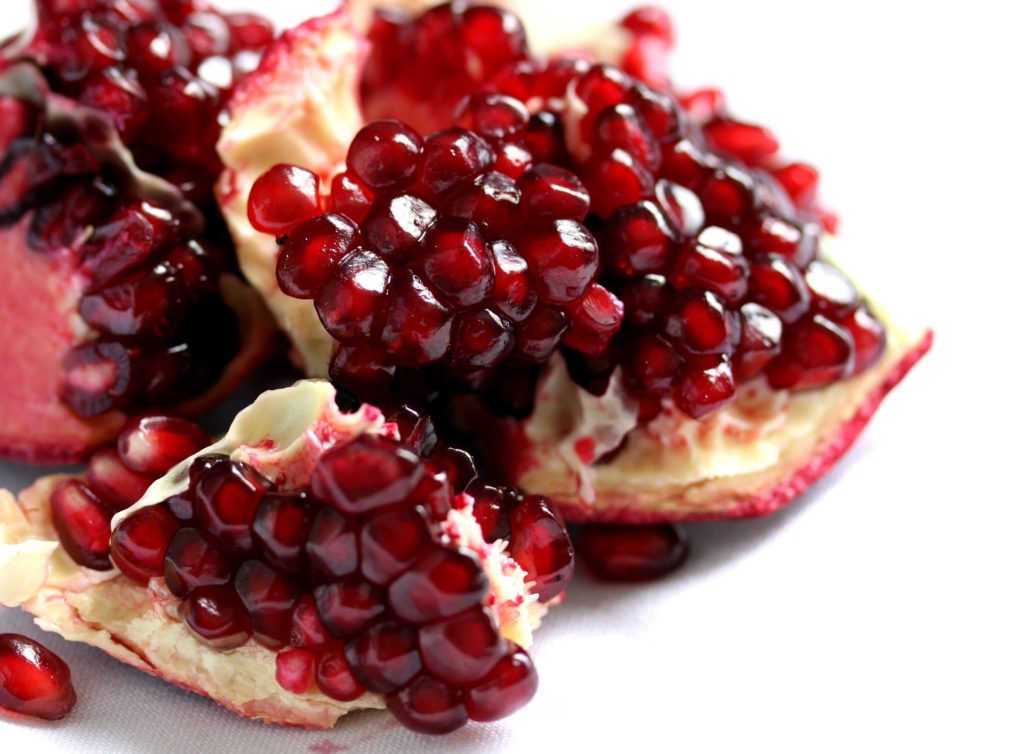
Have you recently had your oestrogen levels tested and they’re a bit high? Apply for your FREE 15 min discovery call with us to discuss how we can use diet and lifestyle to reduce those oestrogen levels in preparation for conceiving!
Co-written by Maddison Breen, Masters of Nutrition and Dietetics student from the University of Sydney. Connect with Maddi on LinkedIn.


